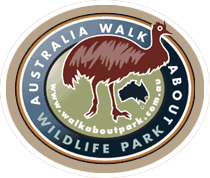Sugar Glider
Sugar gliders are about 30cm long from the tip of their noses to the tip of their tails.
Sugar Gliders
They weigh less 150 grams.
They have a embrane for gliding that stretches between their front and back legs on both sides of their bodies. The membrane is called a patagium.
Sugar gliders are found in the eastern and northern parts of Australia in eucalyptus woodlands.
Feeding
These animals feed on gum and the sap of eucalyptus trees. They chisel grooves in the bark of the trees with their sharp teeth, then lap the liquid. Sugar gliders also eat fruit, nectar, pollen, insects and spiders.
They live in pairs or small groups.
To glide, the animal stretches its patagium and leaps from a branch, gliding about 50 metres between the trees. It controls its flight by varying the curve of the membrane on one side of its body or the other. About 3 metres from its target, it brings its back legs to its body, swoops upwards, and lands on all four feet.
Breeding
The female carries two young in her pouch for 2 to 3 months. The young stay in the nest for one to two months after they leave the pouch.
Sugar gliders are not endangered, although it does have a close relative called the mahogany glider which is very rare. The mahogany glider was believed to be extinct for 100 years, but was rediscovered in 1989.

